It is a well-known fact that Google considers the number of backlinks a website has. It works like a ranking signal. The more backlinks a page has, the better it will be ranked on Google.
That's why one of the main priorities for SEOs is link building.
However, when it comes to eCommerce - link building causes difficulties.
Why does it happen?
The thing is that there are not so many opportunities to acquire links to product or category pages.
In this post, you will get familiar with link-building tactics for eCommerce sites.
Let's get the ball rolling.
-
Product feedback technique
This technique is pretty straightforward.
How does it work?
Go to Google and search for "best [product type]" pages. Google will suggest a list of all blog posts that list products related to your eCommerce business. Afterwards, you reach out to the authors of these posts and ask if they would like to test your product.
The idea is to ask the authors to feature your product if they liked it.
As a result, when you get your product mentioned, you will acquire a link back as well.
How to use this tactic successfully?
First and foremost, your eCommerce product must stand out from the crowd. And if bloggers don't think that your product is worth being featured in their content, they won't feature it and provide the link.
The next step is to move forward with brainstorming product categories you want to boost with the links. Then explore the best product listicles related to your product category on Google.
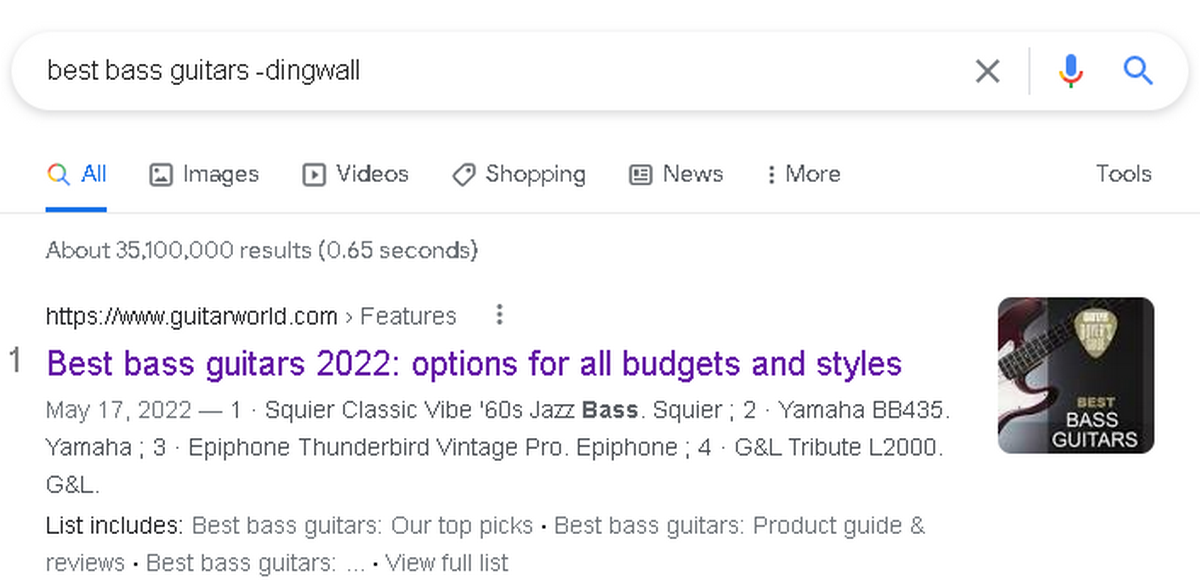
Find the most promising opportunities and reach out to the authors of the posts. Don't offer a direct link exchange. Google can penalize for this. Instead, offer to test your product. If the product is a bit hard to send for review (like a guitar), you can provide the author with testimonials of the existing users of the product.
-
Unlinked mentions
Unlinked mentions are mentions of brands, products, and services that don't link back to the source website. For example, a mention of Lee Cooper watch but there is no link to leecoopertime.com.
It won't be hard to find unlinked mentions due to these reasons:
-
The author of the post is already aware of your product (brand) and will more likely insert a link
-
The author likes your product and will link back for sure
Everything seems so easy, right?
The only trouble here is to find these unlinked mentions.
How to do it?
It will be time-consuming to find unlinked mentions on Google manually. Thus, you can speed up the process with the help of one of the SEO tools like Content Explorer from Ahrefs.
Type your product/brand name in the search bar and click the "Highlight unlinked domains" tab. Afterwards, copy/paste your domain and rip the benefits.
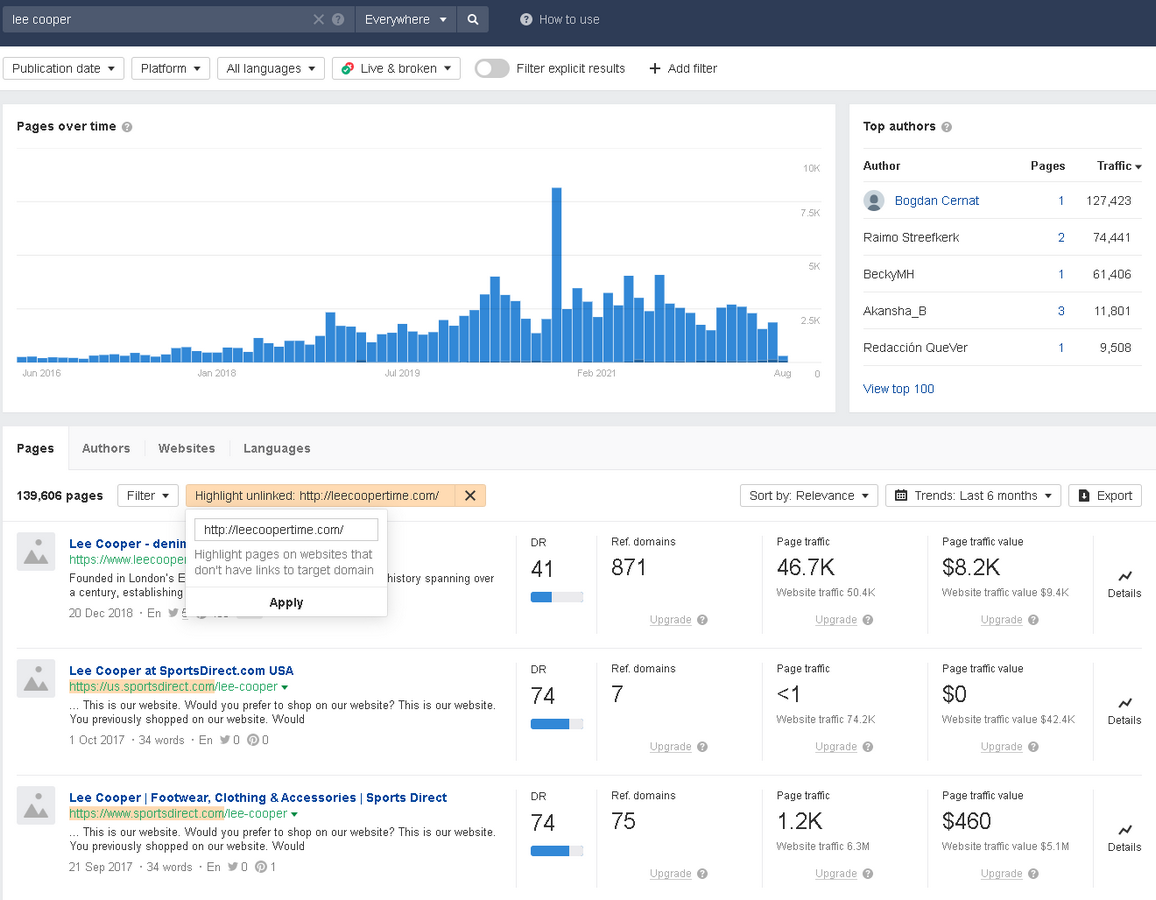
As you can see, this product request has lots of unlinked mention opportunities. Thus, it makes sense to filter them down to get the most promising ones. Choose the sites that have DR60+ and drive a good portion of the traffic.
The next step is to get in touch with the author of the post. Don't ask about link placement directly. And the chances that such a request will be satisfied are dim. Instead, ask for a link for the page that makes contextual sense. Plus, you should explain why it would be useful for the audience as well.
This link building tactic doesn’t require using any additional services or techniques. You can, even, avoid using any creative automation processes doing this type of link building.
-
Guest post updates
Guest posting is one of the most legitimate ways to promote your business and acquire links. However, it requires lots of things to do.
When you have an eCommerce business, there are not so many topics that you can cover across third-party blogs. What's more important, it makes sense to promote your products on niche-related eCommerce platforms.
Nevertheless, dozens of posts go live every day that might feature products similar to your ones. Hence, your goal is to explore newly published (and outdated) guest posts and try to build links from there.
How to find these guest post opportunities?
You can use a tool from Ahrefs called Content Explorer. Just use the following search commander
"topic" -title:"topic" title:(2022 OR 2021 OR 2020)”
For example, you sell smartphones and want to build more links for your blog post on new models of iPhone. Type it in Content Explorer. The tool will list pages that mention "iPhone" in the text.
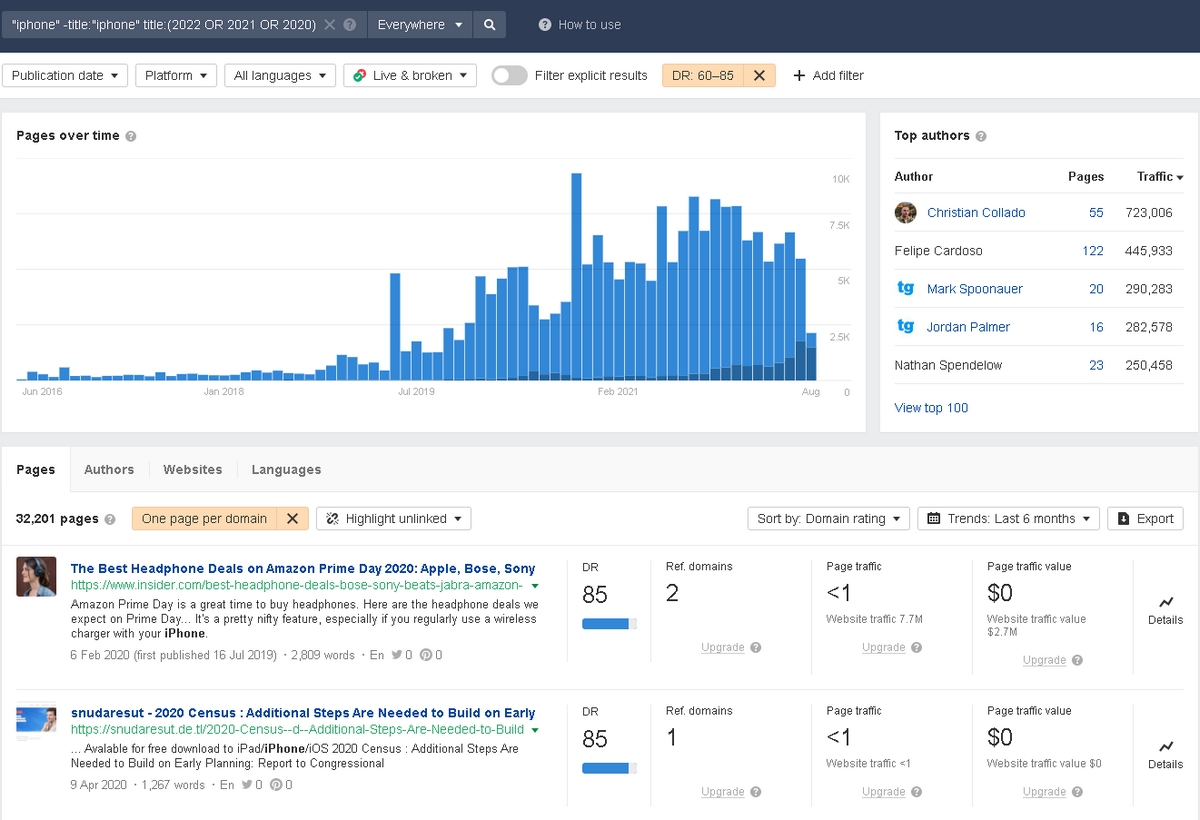
Since the report suggests a huge number of pages, you should filter them down. In the screenshot above, a few filters have been applied:
-
Referring domains filter to a minimum of 50
-
DR from 60 to 85
-
One page per domain
-
Sort results by "Domain Rating"
Now, skim through the pages and pay attention to how much traffic the pages drive.

Finally, reach out to the webmaster (or the author), and ask to link back to the product. What email pitch should you use?
You can use the following pitch:
"Hey [first name],
It's Sergey here.
I noticed you haven't updated your list of top cool tech gadgets in 2022. I believe that your list lacks [brand name of the product].
Besides, this list update will help drive traffic to the page. Therefore, both of us will benefit from this cooperation.
How do you like the idea?
Please, let me know your thoughts.
Thanks. "
Keep in mind that if you want to make your outreach more effective, you should automate it with the help of email marketing service.
-
Publications of curated statistics pages
Bloggers and journalists are fond of statistics. They refer to it in their content pretty often. Thus, statistics pages that list different facts and figures about certain things tend to attract backlinks.
Therefore, you should publish lists of curated statistics related to your products.
How to do it?
First and foremost, you need to figure out what statistics people are trying to find. Ahrefs' Keywords Explorer is the tool that will help with this.
Enter a search request related to your eCommerce business. Then, click the "Matching terms" report. Use the filters by adding such words as "statistics", "facts", "stats", etc. to the "Include" tab.
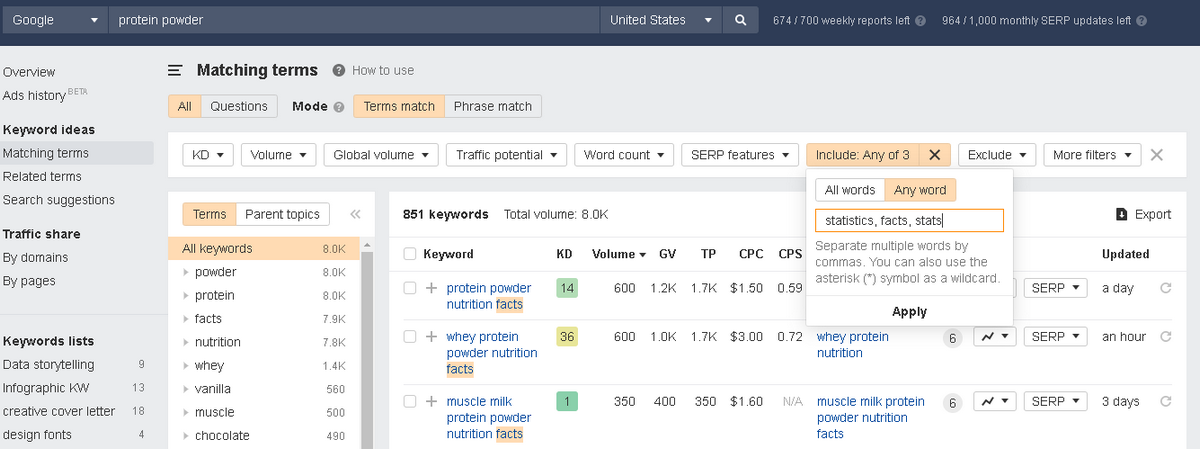
Review the list and find opportunities that would work. For example, "whey protein powder nutrition facts" seems like a nice choice for a statistics page.

To see if people are interested in this topic, you should review how many referring domains top-ranking pages have in the SERP.
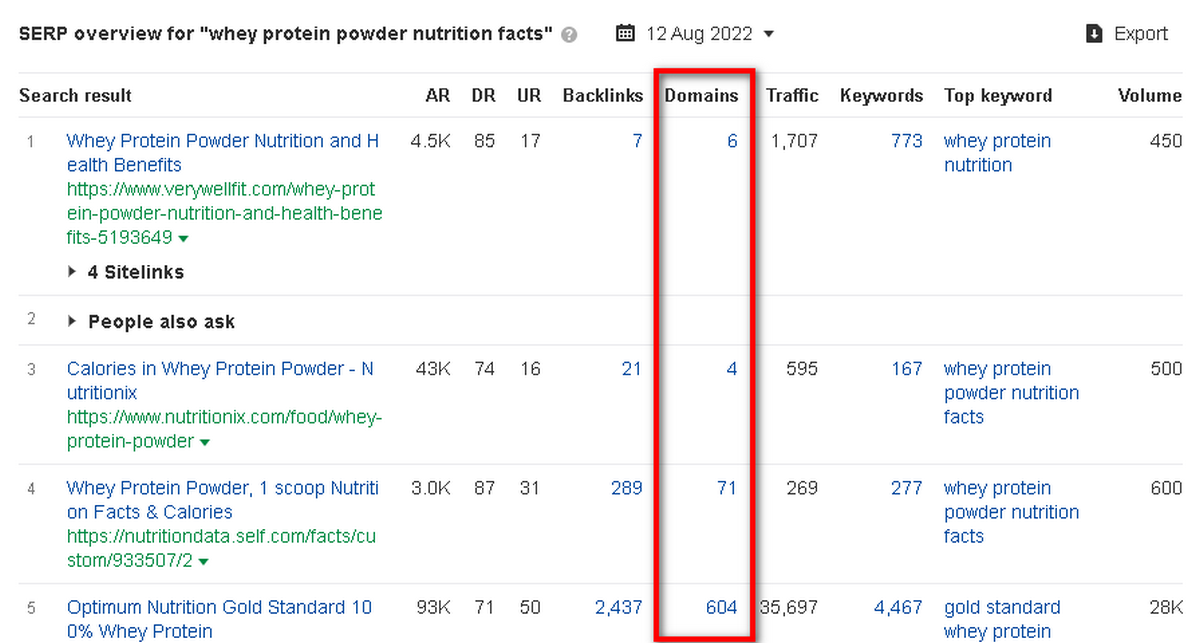
This topic is quite popular. It is worth your time to create a statistics page for this. Eventually, this way of link building helps promote your product. And you will be able to increase conversion rate for your eCommerce site.
To Sum Up
Ecommerce link-building is a difficult task. It is much easier to build links to content pages and homepage. People link back to the source of trusted information to help their audience dive deeper into the topic in question.
Product pages of an eCommerce site is a whole different kettle of fish. It is always a challenge. Anyway, these four link-building tactics can help you out.
If you think this post lacks more eCommerce link-building tactics, feel free to share your suggestions in the comments.
